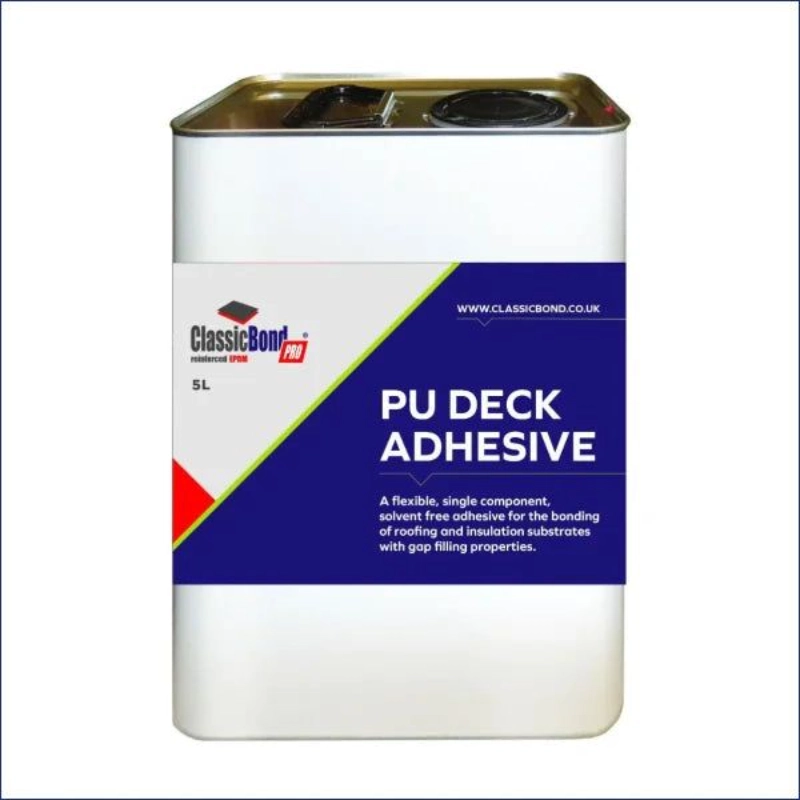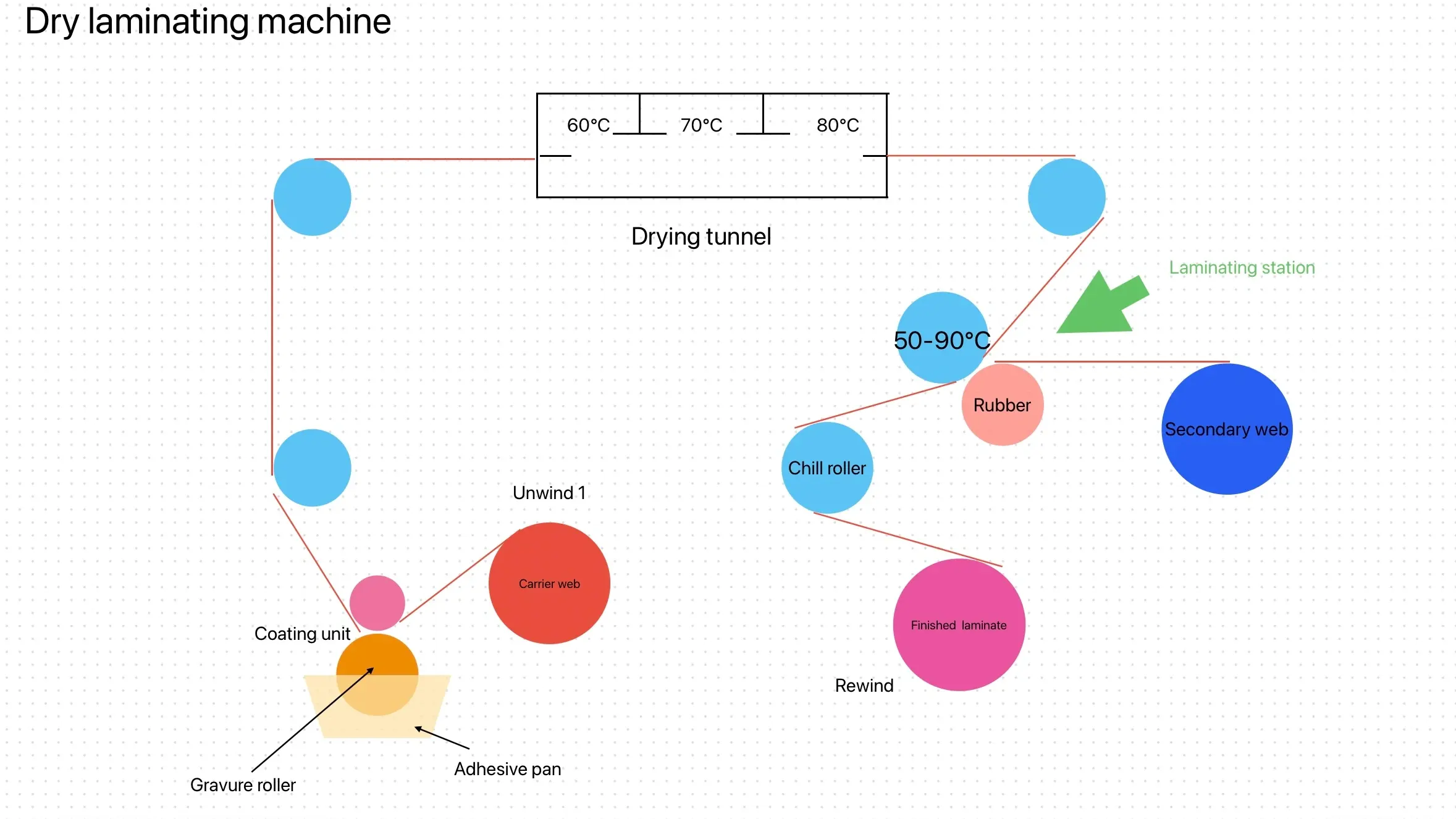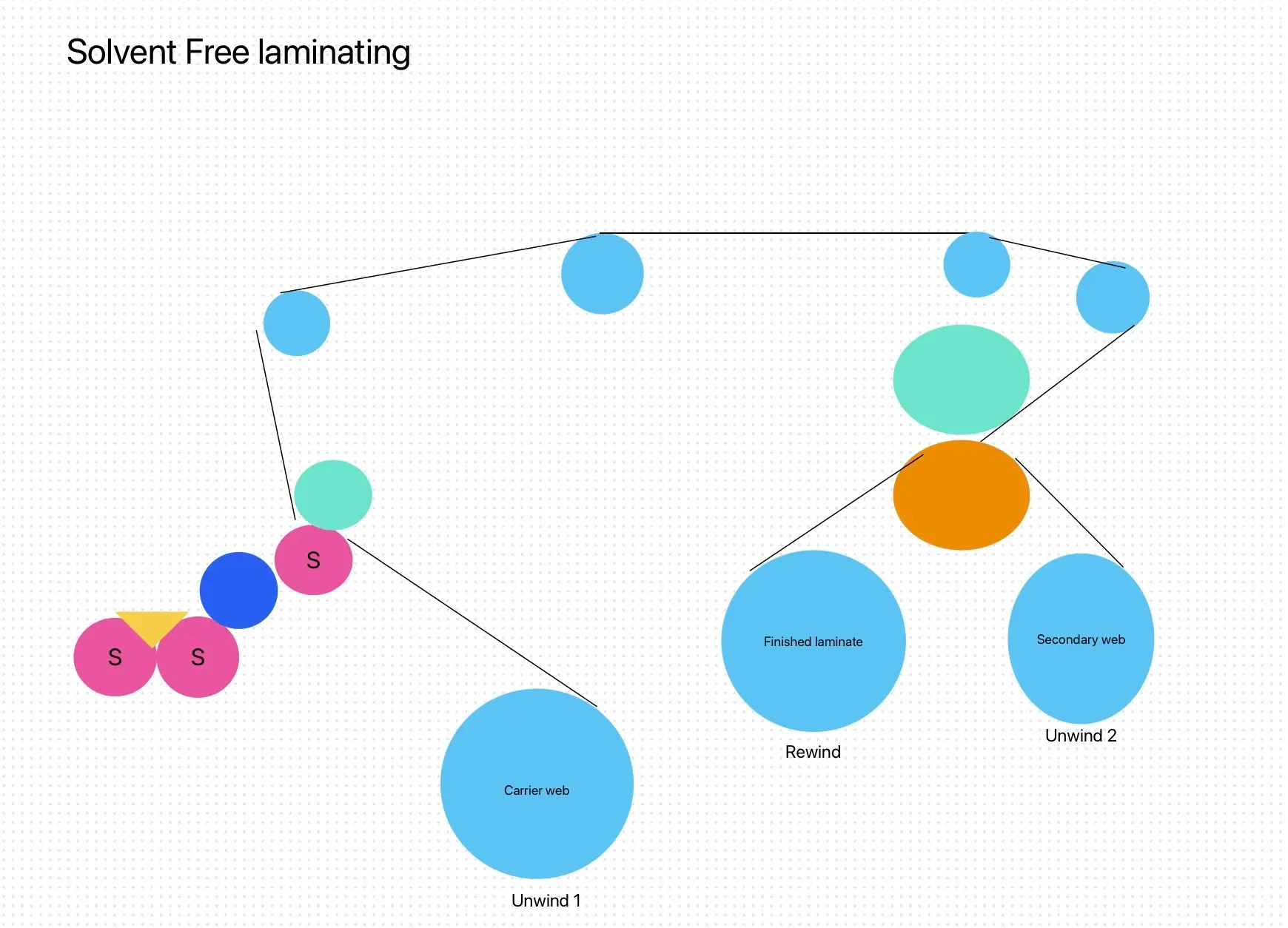While PUR hot melt adhesives offer superior strength and durability, they do come with certain challenges. Let’s take a closer look at the downsides associated with PUR adhesives.
Moisture Sensitivity:
PUR hot melts react with moisture in the air to cure, which is what gives them their strength. However, this property also means that moisture control is essential. The adhesive must be stored in airtight containers or sealed foil packaging to prevent premature reactions. Exposure to moisture before application can cause the adhesive to start curing in the packaging, leading to product waste. As a result, PUR hot melt adhesives have a shelf life of approximately 12 months, unlike traditional hot melts that have an indefinite shelf life if stored properly.
Handling and Storage:
Because of their moisture sensitivity, PUR adhesives require careful handling and storage. They cannot be exposed to the air for prolonged periods, and users must be diligent about ensuring they are working with fresh material. This makes PUR adhesives slightly more complex to manage, especially for large-scale or industrial operations that need to ensure optimal performance across many batches.
Cleaning and Maintenance:
One of the more significant challenges with PUR hot melt adhesives is the cleaning process. Once PUR hot melt has cured, it forms a very strong bond that can be incredibly difficult to remove from equipment. Equipment used for dispensing PUR must be regularly cleaned and purged using specialized PUR cleaners to prevent build-up. If left unchecked, old adhesive can harden and clog machinery, leading to operational inefficiencies or even equipment damage.
However, if you’re using cartridge-based PUR adhesives, the cleaning process becomes less of a hassle. Cartridges often come with disposable nozzles, which eliminate the need for extensive purging. These nozzles are replaced after each use, so there’s no concern about old adhesive sticking to the equipment, making it easier to switch between different adhesives or clean the system thoroughly.

Key Takeaways
To sum it up, the main differences between PUR hot melt and traditional hot melt adhesives revolve around bond strength, curing process, and handling requirements:
Bond Strength: PUR adhesives form permanent, strong bonds that continue to cure and strengthen over time, while traditional hot melts form temporary, reversible bonds.
Curing Process: PUR hot melts require exposure to moisture in the air to cure, while traditional hot melts rely on cooling and solidification.
Handling & Maintenance: PUR adhesives must be carefully stored to avoid premature curing, and equipment needs regular cleaning due to the strong bonds they form. Traditional hot melts are simpler to store and clean, but may not offer the same level of durability and strength.
Ultimately, the choice between PUR and traditional hot melt adhesives depends on the application. If you need high-strength, durable bonds that will last over time and can handle extreme conditions, PUR hot melt is likely the better choice. However, for temporary or moderate-strength bonds, traditional hot melt may be more practical and cost-effective.




